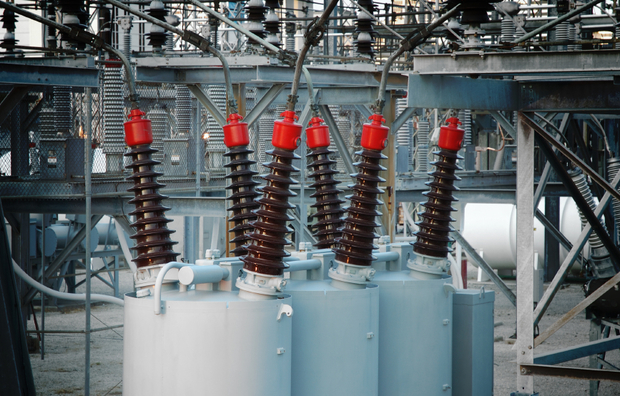Advice Note adopted by vote
at the NATF Plenary session June 10, 2015
As a complement to the contribution published by the Academy of Technologies of France (NATF) to the draft law hearings, and without changing the numbered analyses, several positions appertaining to the final law as framed for the Parliamentary votes were drafted at the NATF and merit being added to the dossier.
1. There is need to seek economic optimization: the triple priority in favour of “green growth” calls for “a fight against climate change”, “to reduce unemployment” and to “reduce the energy bill for France”. It is clear that economics stand at the heart of the reflections: however, the amount of investments that the new law implies is high (around 2 000 billion euros by 2050), compared with France’s financial capacity. Options and priorities based on clear and arguments economic figures, failing which certain sectors will receive (either part or erroneous) financial support. There is a need to privilege those investments that minimalize the cost of the saved tonne carbon and to underline the current brake to reduction of emissions, due to the European CO2 coupon market (The European Union Emission Trading System (EU ETS), which js too low.
2. Coherency of the objectives: as far as the objectives of reducing fossil fuel consumption are concerned – especially in homesteads … and in mobility that would be less dependent on consumption of petroleum products, NATF questions the coherency of the objectives set out in the draft law, on the basis of two priorities viz., development of renewable energies and energy-saving:
• For the development of renewable energies (RENs), the draft law focuses on
wind power and photovoltaic (or photothermal) sources (long side hydro-electric sources) but does not take into account the fact that these energies are all intermittent and must be backed up by a stable, available alternate source, that than be brought on line at very short notice, notably when there is a drop in the general electricity production.
From this point of view, the Academy feels it would be highly advisable that the proposed decrease of the nuclear power fraction in the future electricity mix be adapted to the realities of the projected energy transition. Firstly, policy makers should bear in mind some basic figures that the general public can appreciate, such as e.g., the breakdown of the French primary energy resources (263.9 MToes in 2013):
• Fossil fuels represent 50% of the primary resources, all imported (65.8 billion € in 2013) and which together constitute the main source of greenhouse gas (GHGs) emissions.
• Nuclear power represents 42% of the primary resources. With RENs (hydro-power, wind, photovoltaic, etc.), this carbon-free electricity represented 506.2 TWh (again for year 2013) and some of this is exported.
• Contrary to common opinion – i.e., as perceived by the public at large – the fraction of RENs in France’s final consumption figures is of the same order as in Germany (for 2013 – 14.2% in France and 12.3% in Germany). Comparisons based on electric RENs alone are misleading.
• The policy objective to reduce the nuclear power fraction in the future energy mix to 50% by 2050 simply cannot be attained by increasing REN installed power plants with current technologies given the intermittent characteristics of both wind and sun power in France. This announced objective (50%) would necessarily imply an increase in fossil fuel electricity and, consequently, increased emissions of GHGs, notably CO2.
3. Nuclear power production in France allows the country to be among the “best” ranked in terms of GHG emissions (5.52 t CO2/yr./inhabitant, to be compared with 9.32 t CO2/yr./inhabitant in Germany for an equivalent consumption of primary energy /inhabitant; the reason for this performance lies in the country’s energy production where only 10% of the total; production leads to CO2 emissions, whereas elsewhere in the world it is the production of electricity that is the main source of CO2. The German experiment to obtain rapid development of intermittent RENs (combined with the programmed exit from any future nuclear power production) has led to an increase in GHG emissions and a high cost to consumers and households. This is not coherent with the objectives set out in the French law.
4. In the same order of ideas, the development of the wood-energy sector and heat networks appear to receive an astonishingly small amount of support, despite the sharp rise in the market price of fire-wood. Today the fire-wood energy sector represents 43% of the RENs whereas intermittent sources (wind and solar energies) only represent 7%. The Cour des Comptes (the official French National Comptroller’s Court office) report on renewable energies singled out the fact that for a given level of energy production, biomass (mainly firewood) receives four times less public aid that wind and fifty times less than solar RENs
5. Referring to energy saving and building insulation, the Academy observes that the Thermal Regulation Instruction (RT 2012) have penalized, ever since they were enforced the electric vector compared with the gas vector. However, the most recent electric heat producing technologies for heating and domestic hot water also provide for attractive energy storage that can be used to smooth peak consumption periods. The objective announced to attain positive energy building, in both new constructions and building renovation does not necessarily correspond to an optimum, but ought to be assessed in terms of the provisional cost/advantage ratios. Priority should be given first to reducing the peak demand occurrences by appropriate demand piloting and also to the optimizing use of intermittent RENs to produce electricity to complete ‘supply on demand’.
6. Again in the area of building insulation, the Academy also notes that the objective to reduce GHGs is included in the RT 2012 but with arguments that no longer correspond to reality today. The Academy is of the opinion that the self-same arguments should be re-analysed in the perspective of the future 2020 Responsible Building Regulation.

